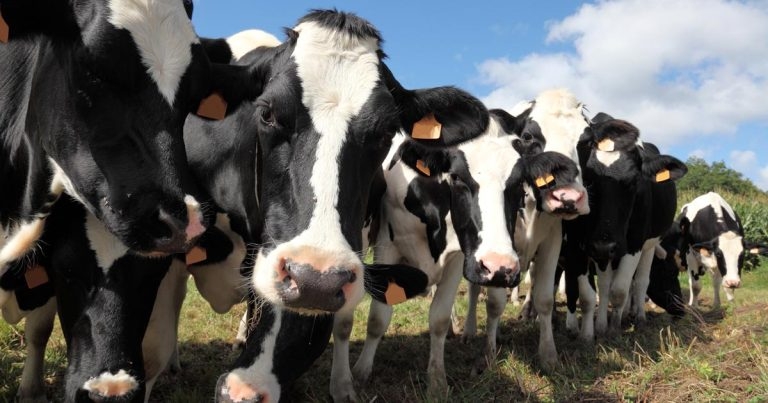29 Mar 2022
Dairy farms involved in Welsh project to tackle issues report the uplift after applying a series of recommended changes.

Image © gozzoli / Adobe Stock
Dairy farms involved in a project to tackle issues that impact on milk quality increased milk price by 4p per litre after making recommended changes.
Farming Connect, a project in Wales delivered by Menter a Busnes and Lantra Wales, and funded by the Welsh Government and the European Agricultural Fund for Rural Development, has been working with 28 First Milk suppliers with herds ranging from 70 to 1,000 cows.
Some of the farms had Bactoscan problems or udder health issues in their herds, with others reporting no recent history of issues, but who wanted to be involved to review risk factors.
Changes recommended by a team at Advance Milking ensured revenue from milk increased from between 0.1p per litre and 4p per litre.
Tom Greenham, of Advance Milking, said farms with problems at the start of the project that implemented recommended interventions saw a mean Bactoscan improvement of 37 units, compared to the farms that did not introduce the changes.
This alone, Mr Greenham said, equated to +1.35p per litre over the six-month period following a visit.
Mr Greenham added: “This would amount to £13,500 a year for a 1m-litre producer, and hence gives a payback of 13:1, compared to the cost per farm of being involved with the project.”
Further benefits for farmers who implemented udder health advice included realising a somatic cell count (SCC) reduction of 48,000 cells/ml on average, which equated to +0.54p/litre over the six-month period, and an additional 0.49kg milk/cow/day. This is equivalent to a project payback of 11:1.
The majority of farms involved in the project had a hygienic milking process, accurate wash volume, concentration and temperature, and good chemical contact with the internal surfaces of the milk pipes. However, only six had good cow cleanliness, adequate pre-milking teat preparation and adequate milk cooling, and just three had adequate tank washing.
The project took place in the summer of 2021, at a time when UK data showed a SCC deterioration of +35,000 cells/ml over the project period.
This was largely because of hot weather in July and August, causing heat stress and high environmental bacterial challenges.